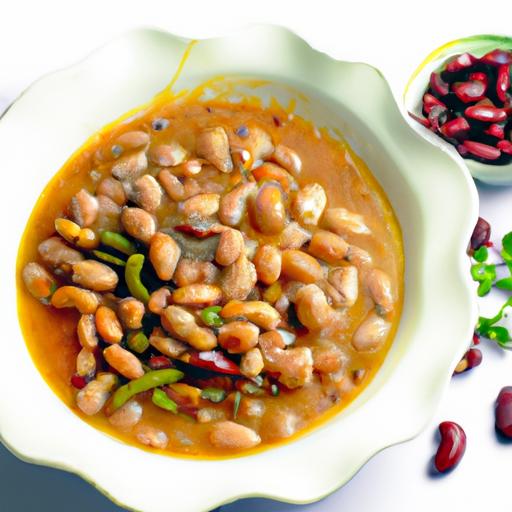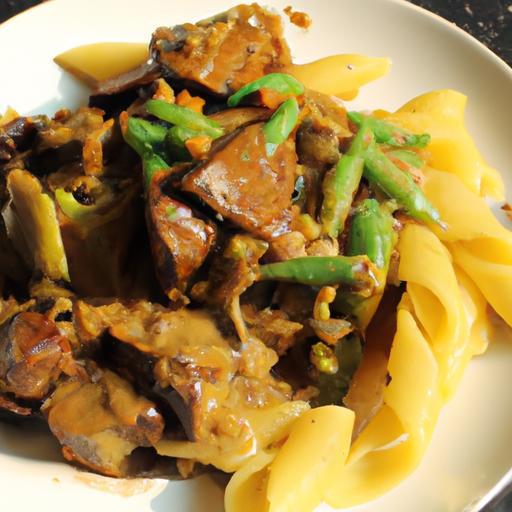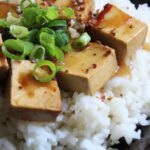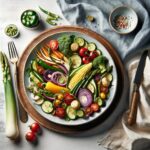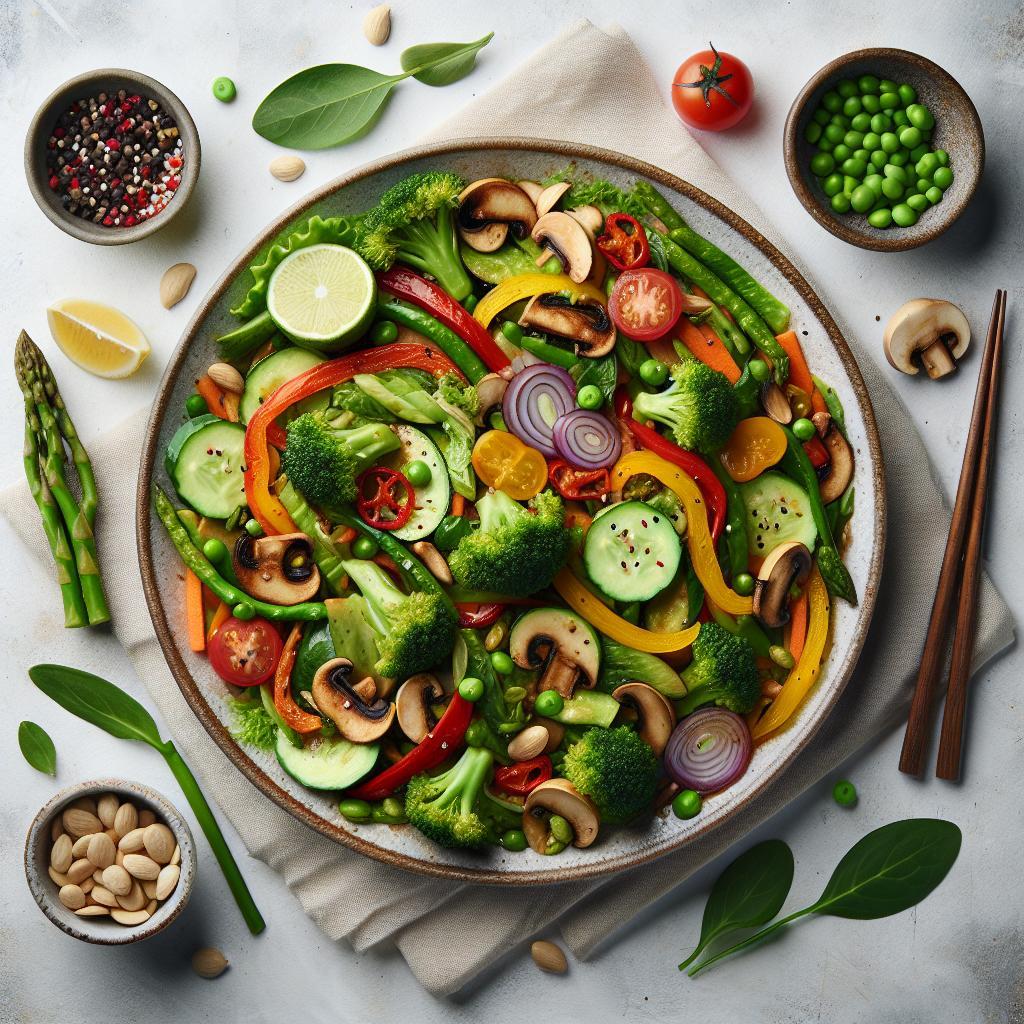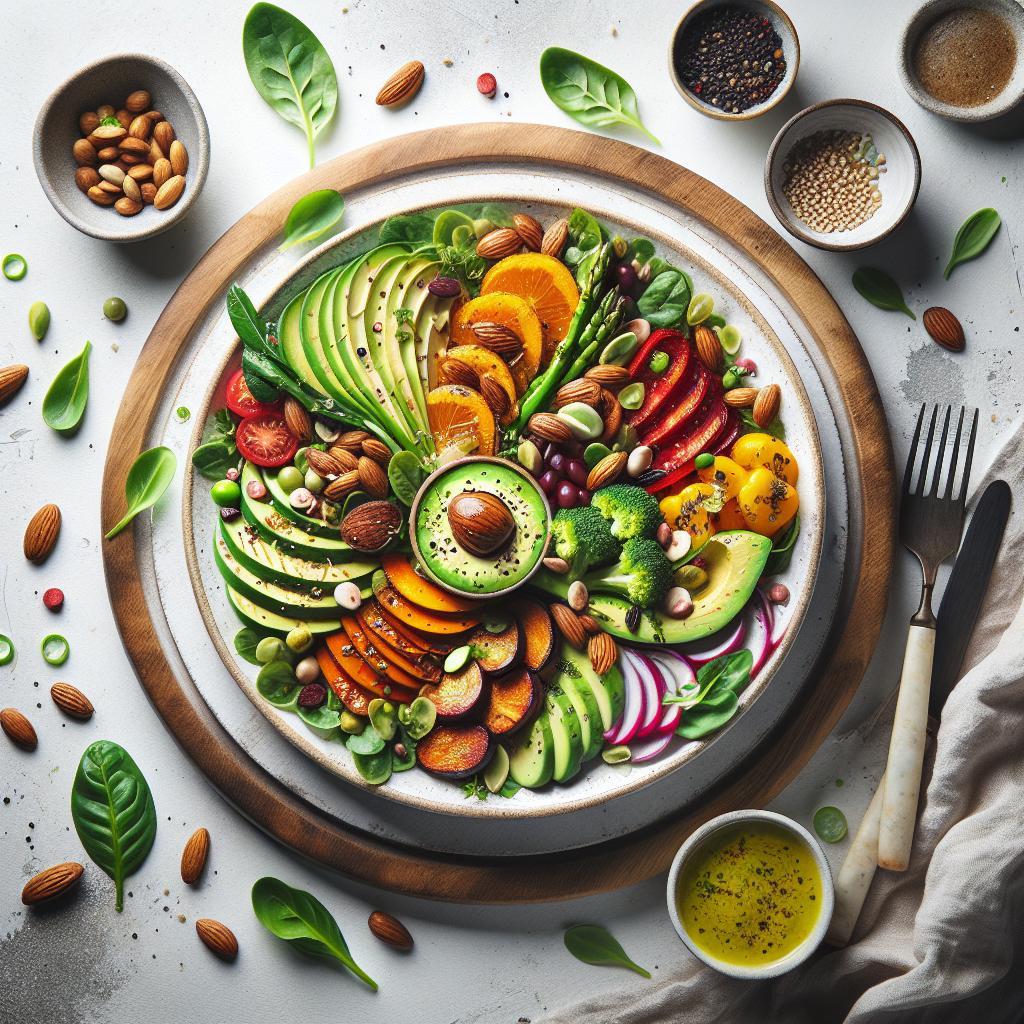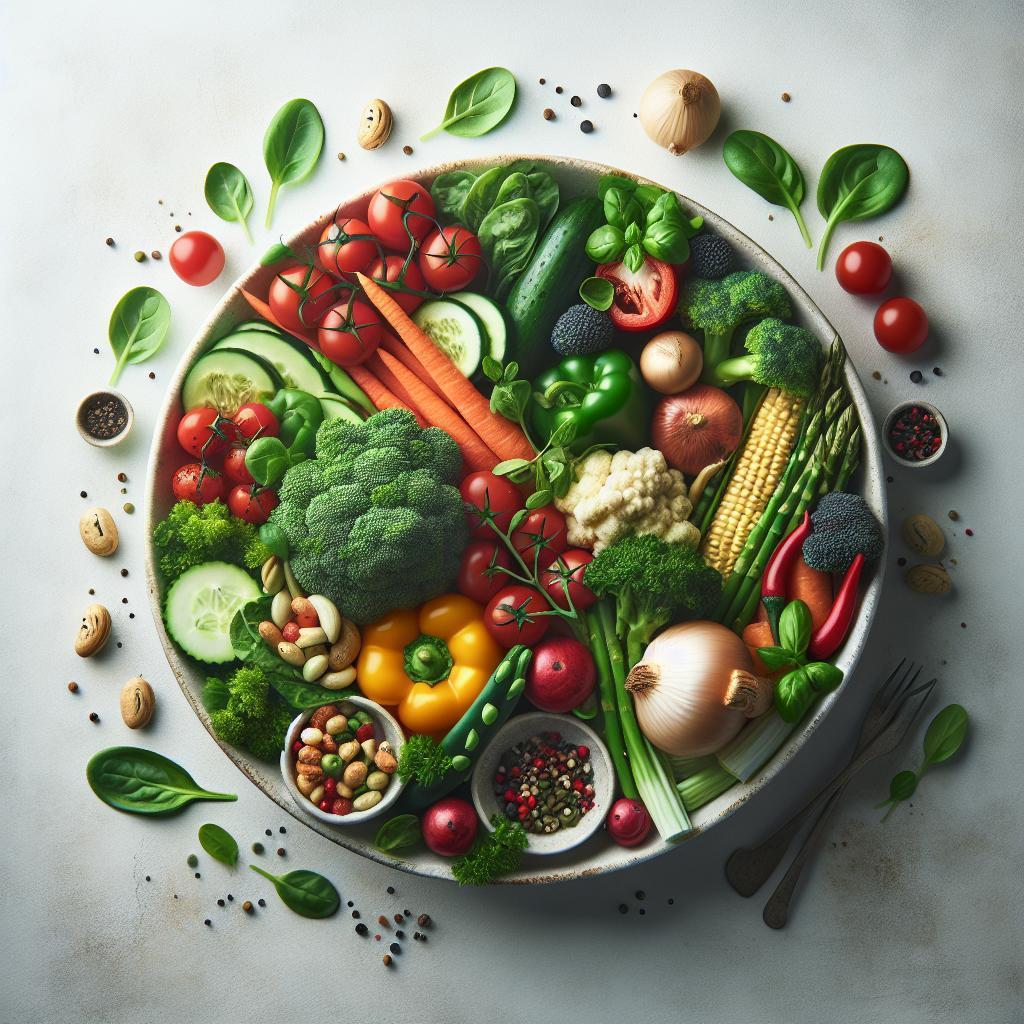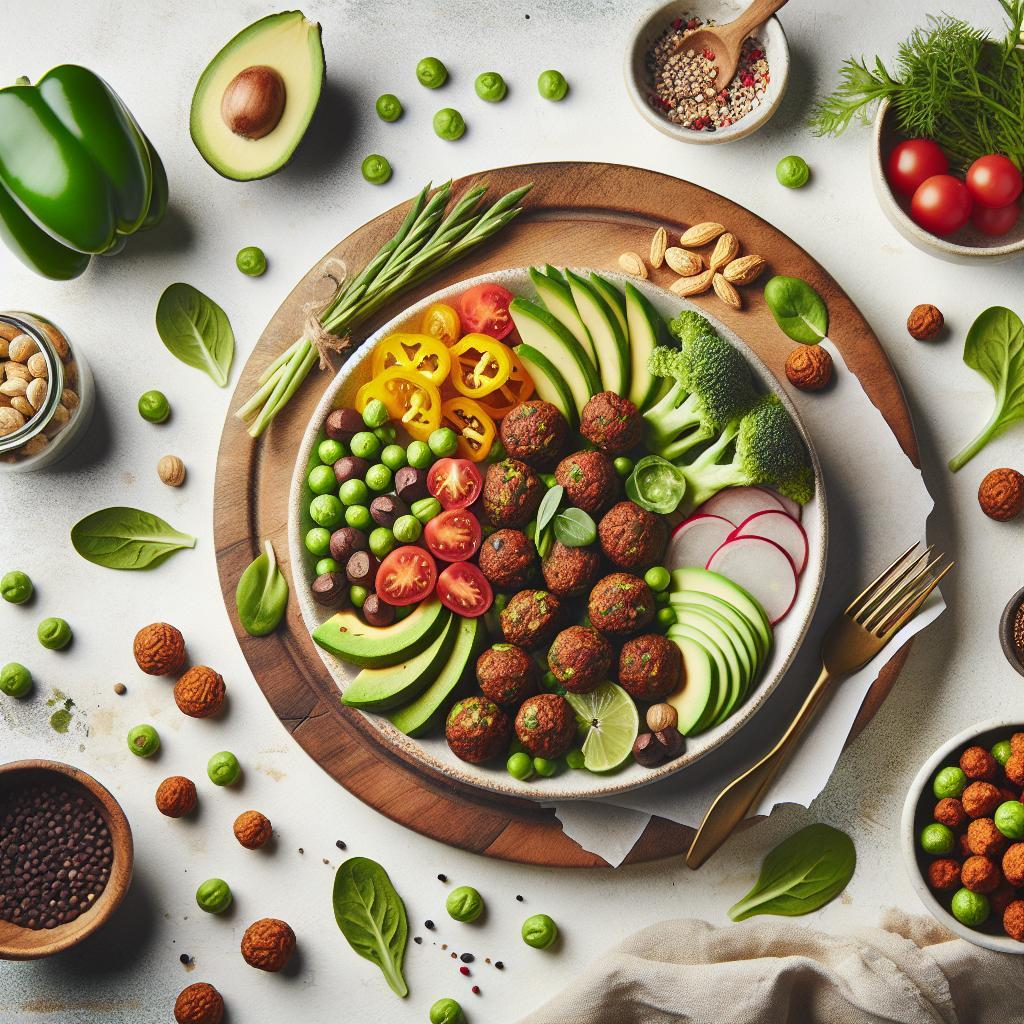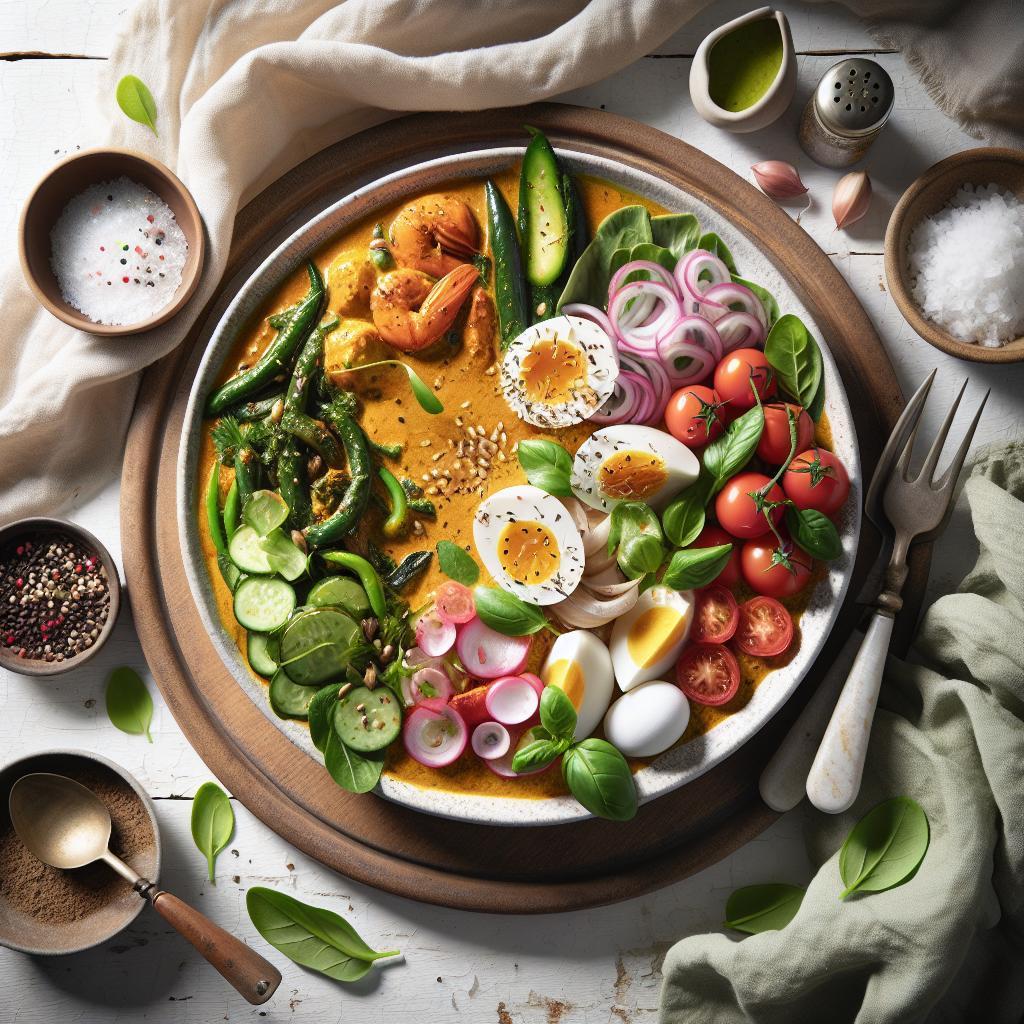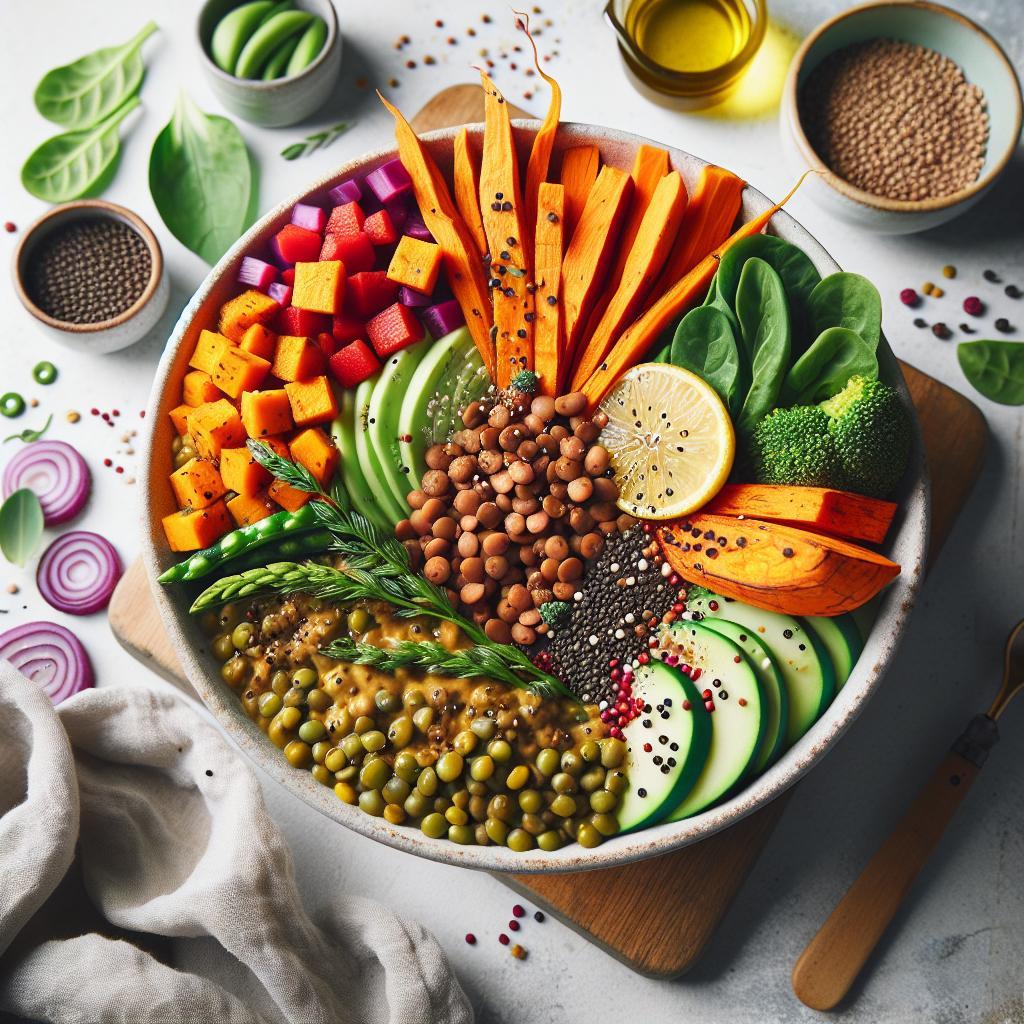There’s a simple, almost magical ritual hidden in kitchens around the world: transforming humble dried beans into tender, flavorful treasures. Stovetop cooking is where this magic truly happens – no need for fancy gadgets or complicated recipes. Just patience, a few easy steps, and a little know-how bring those tiny legumes to life, unlocking their full potential. In this article, we’ll unveil the secrets of stovetop bean mastery, guiding you through foolproof techniques that guarantee perfectly cooked beans every time. Ready to cast your own delicious spell? Let’s dive in.
Stovetop Bean Magic begins with understanding the heart and soul of your dish: the beans themselves. Each variety offers a unique personality-whether it’s the creamy richness of cannellini, the earthy bite of black beans, or the hearty robustness of kidney beans. Selecting the right bean sets the stage for a stovetop adventure that will elevate your cooking and delight your palate.
Choosing Your Beans for the Stovetop Bean Magic Experience
Dry beans are the canvas for endless culinary creativity. When picking your beans, consider texture and cooking time-smaller beans like lentils and black beans cook faster but can also be more delicate, while larger ones such as chickpeas or fava beans require longer simmering but return a meatier bite. Freshness matters: fresher beans hydrate more evenly and produce a creamier finish, so check packaging dates or opt for trusted bulk sources.
Soaking Secrets That Transform Texture and Flavor
One of the most transformative steps in stove-cooked beans is the soak. A traditional overnight soak softens the beans and helps unlock their full flavor potential. If time is tight, use the quick soak method: boil beans for 2 minutes, then remove from heat and soak for 1 hour. This awakens the bean’s starches and minimizes cooking time.
For an extra flavor jumpstart, soak beans in broth or water infused with aromatics like bay leaves, garlic cloves, or dried chilies. Soaking not only smooths texture but also helps reduce compounds that cause digestive discomfort, giving you a more enjoyable meal experience.
Mastering the Simmer: Timing and Temperature Tips
Achieving perfectly cooked beans on your stovetop hinges on gentle, steady simmering. High heat can bruise the beans’ skins and lead to split, mushy textures. Instead, bring the soaking water to a boil, then immediately reduce to a low simmer-barely bubbling-for a slow, steady cook. This allows even hydration and tenderizes beans beautifully.
Cooking time varies by bean type but usually ranges between 45 minutes to 2 hours. Test doneness by mashing a bean between your fingers-it should be velvety but not falling apart. Keep the pot partially covered to prevent evaporation while allowing steam to escape, preserving texture and flavor balance.
Flavor Boosters and Finishing Touches for Bean Perfection
Beans are like a sponge for flavors, and they shine brightest when you begin layering tastes at every step. Add aromatics early-onions, garlic, herbs like thyme or rosemary-to the simmering liquid but reserve salt and acidic ingredients (like tomatoes or vinegar) for the last 10 minutes to prevent tough skins.
Finish your dish with a drizzle of quality olive oil, a sprinkle of fresh herbs, and a squeeze of bright lemon juice to brighten the earthy bean base. For an indulgent finish, a pat of butter or a dusting of grated cheese can add luscious depth. The magic truly happens when these flavor elements combine with your perfectly cooked beans, creating a comforting, nuanced dish that feels both rustic and refined.
Prep and Cook Time
- Prep Time: 10 minutes (plus soaking overnight or quick soak time)
- Cook Time: 1 to 2 hours (depending on bean variety)
Yield
Serves 4 as a hearty side or base for bowls
Difficulty Level
Easy to Medium – perfect for home cooks eager to master bean basics
Ingredients
- 1 cup dry beans (black beans, cannellini, or your choice)
- 4 cups water or broth for soaking and cooking
- 1 small onion, peeled and quartered
- 2 cloves garlic, crushed
- 1 bay leaf
- Salt to taste (added late in cooking)
- Fresh herbs (thyme or rosemary, optional)
- Fresh lemon juice or vinegar for finishing
- Olive oil for drizzling
Instructions
- Rinse and sort your dry beans, removing any debris or damaged beans.
- Soak the beans: For best results, cover with water/broth by 2 inches and soak overnight. For a quick soak, boil for 2 minutes, then cover and soak 1 hour.
- Drain and rinse the soaked beans to remove soaking liquid and impurities.
- Place beans in a large pot and cover with fresh water or broth, about 3 cups per cup of beans.
- Add onion, garlic, bay leaf, and herbs (if using) to the pot.
- Bring to a boil over medium-high heat, then immediately reduce heat to low to maintain a gentle simmer.
- Simmer uncovered or slightly covered for 1 to 2 hours, stirring occasionally to prevent sticking and checking liquid level. Add water if beans begin to dry.
- About 10 minutes before the end of cooking, add salt and any acidic ingredients.
- Test beans for tenderness by mashing a few between fingers; beans should be soft and creamy but intact.
- Remove aromatics and drain any excess liquid, reserving if using as broth.
- Finish with a drizzle of olive oil, a squeeze of lemon juice, and fresh herbs. Adjust seasoning to taste.
Chef’s Notes
- Make-ahead tip: Cooked beans can be refrigerated for up to 5 days or frozen for up to 3 months-perfect for quick future meals.
- Variation: Infuse your cooking liquid with smoked paprika or chipotle for a smoky flavor.
- Digestibility: Adding a piece of kombu (edible kelp) during cooking can soften beans further and improve digestion.
- Texture control: For creamier beans, stir gently towards end of cooking, but avoid overmashing for retaining bean shape.
- Substitutions: Swap water with vegetable or chicken broth to enhance flavor at every step.
Serving Suggestions
Serve your stovetop beans warm as a side with crusty bread or as a protein-packed base for vibrant bowls. Garnish with freshly chopped parsley, a dollop of Greek yogurt or sour cream, and a sprinkle of toasted nuts or seeds to add crunch and contrast.

| Nutrient | Per Serving |
|---|---|
| Calories | 230 kcal |
| Protein | 15 g |
| Carbohydrates | 40 g |
| Fat | 1 g |
Embarking on your stovetop bean journey with these insights ensures each pot delivers bowl after bowl of nourishing, comforting bean magic. Elevate humble beans into a star ingredient with care, patience, and a few insider secrets!
Learn more about soaking beans | Nutrition benefits of beans – Nutrition.org
Q&A
Q&A: Stovetop Bean Magic – Easy Steps to Perfectly Cook Beans
Q1: Why are beans such a big deal in cooking?
A1: Beans are tiny powerhouses packed with protein, fiber, and nutrients. They’re budget-friendly, versatile, and a superstar in everything from soups and stews to salads and dips. Cooking them perfectly unlocks their creamy texture and deep flavor-transforming humble beans into magic on your plate.
Q2: Do I really need to soak beans before cooking?
A2: Soaking isn’t mandatory, but it’s a game-changer. Soaking beans overnight helps reduce cooking time and breaks down some of the compounds that cause digestive discomfort. If you’re short on time, a quick soak (boiling then resting for an hour) does the trick. No soaking? No problem-just expect a longer stovetop session.
Q3: What’s the stovetop secret to perfectly cooked beans?
A3: Patience and gentle simmering. Bring soaked beans to a boil, then reduce to a low simmer-think calm bubbles, not a raging boil. Stir occasionally, skimming off any foam that appears. Cooking times vary by bean type, but usually, 1 to 2 hours does the magic. Peek periodically to test for tenderness.
Q4: Should I add salt or seasoning before or after cooking?
A4: Hold off on salt until the beans are tender. Adding salt too early can toughen the skins and extend cooking time. Once nearly cooked, sprinkle salt and your favorite herbs or spices to infuse that final burst of flavor.
Q5: Can I cook beans without soaking if I’m in a hurry?
A5: Yes, but expect it to take longer-sometimes up to twice as long. Another trick is to use baking soda (a pinch per pot), which softens the beans faster but can slightly alter the flavor. Always rinse beans thoroughly if you opt for this shortcut.
Q6: How do I know when beans are perfectly cooked?
A6: They should be tender but not mushy; creamy on the inside with skins mostly intact. Taste-testing is your best guide-bite into a bean, and if it’s soft all the way through without a chalky core, you’ve nailed it.
Q7: Any tips to enhance bean flavor during stovetop cooking?
A7: Absolutely! Start with aromatic ingredients like garlic, onions, bay leaves, or herbs simmering in the water. Using broth instead of water adds richness. Also, a splash of acid (vinegar or lemon juice) added toward the end brightens and balances the beans delightfully.
Q8: How can I store cooked beans to keep their magic fresh?
A8: Cool them completely and store in an airtight container with some of their cooking liquid in the fridge for up to 5 days. For longer storage, freeze portioned beans in their liquid-they thaw beautifully and retain their flavor and texture.
Q9: What common mistakes should I avoid when cooking beans stovetop?
A9: Avoid rushing the simmer-boiling vigorously can break skins and create mush. Don’t salt too early, and keep an eye on water levels to prevent beans from drying out or burning. Lastly, don’t forget to rinse and sort beans beforehand to remove debris or stones.
Q10: Can I use the leftover bean cooking water?
A10: Definitely! The cooking water, or aquafaba, is a flavorful, protein-rich liquid perfect for soups, stews, or even as a vegan egg substitute in baking. Just strain it well and get creative.
Enjoy your stovetop bean journey-it’s simple, soulful cooking that transforms pantry staples into pure magic!
Closing Remarks
In the world of kitchen alchemy, stovetop bean magic transforms simple legumes into a symphony of flavor and texture. With a few straightforward steps-soaking, simmering, and seasoning-you unlock the natural goodness locked within each bean, creating dishes that are both wholesome and delightful. Whether you’re crafting a hearty chili, a vibrant salad, or a comforting stew, mastering this timeless technique empowers you to savor beans at their very best. So next time you reach for that bag of dried beans, embrace the art of stovetop cooking and let your culinary creativity soar-because perfectly cooked beans are not just an ingredient, but the heart of countless memorable meals.